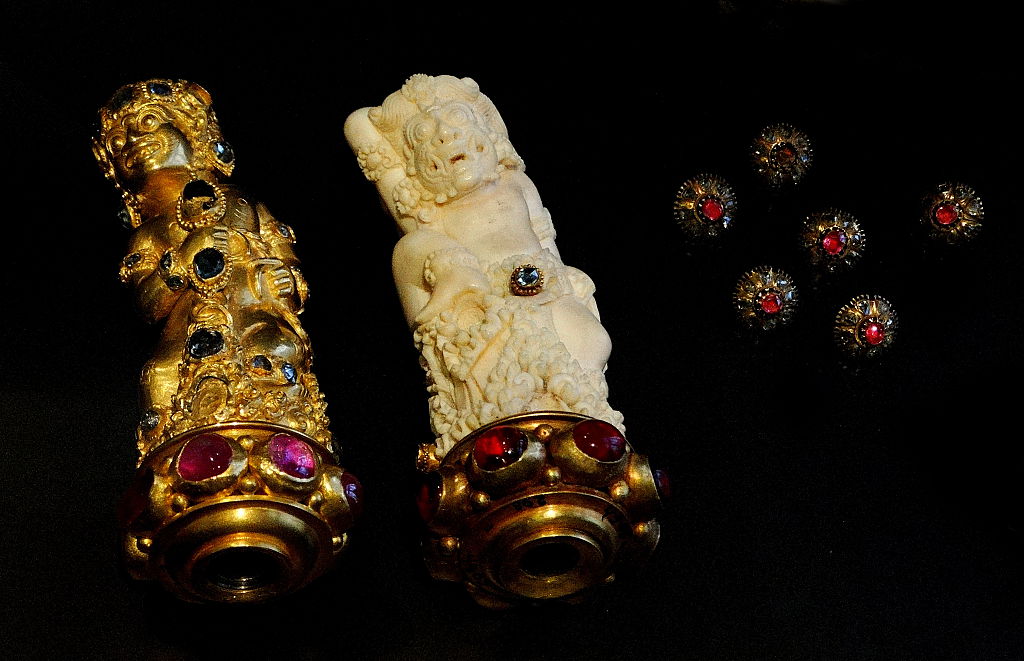The Netherlands is taking its first steps in repatriating stolen objects to two of its former colonies. The European nation announced on Thursday (July 6th) its intention to return 478 cultural artefacts to Indonesia, at the request of the country. Six other colonial objects are returned to Sri Lanka by the Rijksmuseum in Amsterdam, marking the first return in the institution’s history.
Most notably, the Dutch government is returning to Indonesia a treasure trove of precious jewellery, gold and silver known as the “Lombok treasure”. These items were stolen as spoils of war in 1894, when Dutch troops seized and destroyed a Balinese palace in a brutal attack on the island of Lombok.
Other items handed over to Indonesia include a “keris” dagger from the Klungkung kingdom, four statues from the Javanese Hindu kingdom of Singasari from the 13th century and the Pita Maha collection which contains 132 pieces of modern Balinese art.
In 2020, the Advisory Committee on the Return of Cultural Objects from Colonial Contexts advised the Dutch government that, in the event that a former colony requests the return of a looted cultural object, it must comply “unconditionally”. “.
“This is a historic moment,” said Dutch State Secretary Gunay Uslu. “This is the first time that we have followed the committee’s recommendations to return items that should never have been brought to the Netherlands.”

Objects from the Lombok treasury. A collection of jewellery, gems and money taken as spoils of war from the island of Lombok. Dated 1894. Photo: Universal History Archive/Universal Images Group via Getty Images.
In addition, the Rijksmuseum is repatriating part of its collection for the first time. She initiated research on the provenance of her objects from the colonial era in 2017 and announced that he was in dialogue with their countries of origin in 2019. In turn, Sri Lanka requested the restitution of six objects: a magnificent cannon dating from before 1745, two rifles, two sabers and a knife.
The Kandy cannon has been in the collection of the Rijksmuseum since 1800, after it was looted by the Dutch East India Company in 1765. Due to its ceremonial function, it is adorned with rich silver and gold ornament with encrusted rubies and decorative symbols referring to the Sinhalese Monarchy of the Kingdom of Kandy.
“The relationship and the exchanges of knowledge built between the two nations [Sri Lanka and the Netherlands] in the areas of research and shared history provide a solid foundation for the future,” Rijksmuseum Director General Taco Dibbits said in a press release.
A Press release by the Dutch government also clarified that this restitution effort “forms the basis for future cooperation between the two countries”.
More trending stories:
A Norwegian father hiking with his family discovered a rock wall covered in Bronze Age paintings
Follow Artnet News on Facebook:
Want to stay one step ahead of the art world? Subscribe to our newsletter to receive breaking news, revealing interviews and incisive reviews that move the conversation forward.
